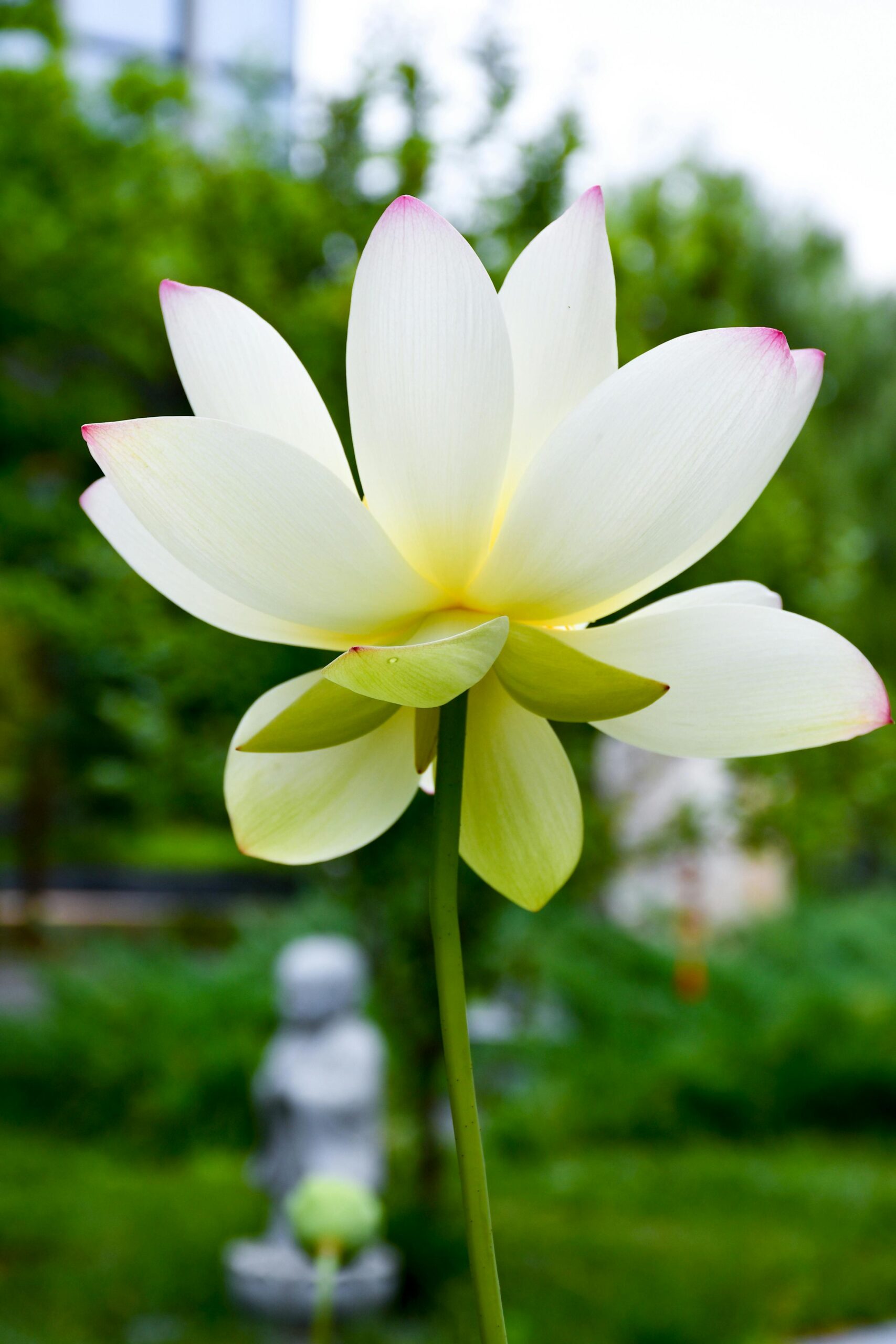Meditation Tipps
Understand the Importance of Meditation
Meditation is a practice that has been around for centuries and is known to offer numerous benefits to mental and emotional well-being. It allows individuals to cultivate mindfulness, gain clarity, and reduce stress. By engaging in regular meditation, you can develop a stronger sense of self-awareness and achieve a deeper state of relaxation. **Understanding the importance of meditation** in today’s fast-paced world is vital for maintaining balance and fostering a tranquil mind.

Benefits of Regular Meditation
Engaging in meditation consistently can lead to a myriad of mental and physical benefits. Regular practice may help in reducing anxiety, improving concentration, and enhancing emotional health. According to studies, individuals who meditate regularly report feeling more at peace and less overwhelmed by daily stresses. **The benefits of regular meditation** stretch beyond the mind; physically, it can lower blood pressure and improve sleep quality, all contributing to a healthier lifestyle.
Meditation Techniques to Get Started
If you’re new to meditation, getting started can seem daunting. However, there are numerous **meditation techniques** you can try that cater to different needs and preferences. One popular method is mindfulness meditation, where you focus on your breath and bring attention to the present moment. Another technique is guided meditation, which often includes listening to a recorded voice offering instructions. Experimenting with various approaches can help you find the style that resonates with you the most.
Creating Your Meditation Space
To maximize the effectiveness of your meditation practice, creating a designated space can be beneficial. A peaceful environment free from distractions allows you to focus your mind and cultivate tranquility. Personalizing your meditation area with calming elements like candles, incense, or comfortable cushions can enhance your experience. **Creating your meditation space** doesn’t have to be elaborate; a simple corner in your home can become a sanctuary for your practice.

Essential Elements for Your Meditation Space
When designing your meditation space, consider incorporating essential elements that promote peace and comfort. Soft lighting, soundproofing, and inviting scents can all contribute to a soothing atmosphere. **Essential elements for your meditation space** might include a comfortable mat or cushion, a blanket for warmth, and perhaps even inspirational decorations like artwork or crystals. These elements can help reinforce a positive mindset and make it easier to enter a meditative state.
Maintaining Consistency in Your Practice
One of the biggest challenges for many individuals is maintaining consistency in their meditation practice. Establishing a routine is key. Try to meditate at the same time each day, which can help solidify this habit. Setting reminders on your phone or using a meditation app can serve as helpful nudges. Additionally, starting with shorter sessions, then gradually increasing their length, can make it feel more manageable. **Maintaining consistency in your practice** is essential for reaping the long-term benefits of meditation.
Integrating Meditation Into Daily Life
Meditation doesn’t have to be limited to formal sessions. You can integrate mindfulness practices into your daily life seamlessly. Being present while eating, walking, or even during mundane tasks can transform ordinary moments into opportunities for mindfulness. **Integrating meditation into daily life** can help reinforce the practice and make it more approachable, allowing you to cultivate a sense of peace in various situations.
Mindful Eating and Walking
Incorporating mindfulness into activities like eating and walking can significantly enhance your overall meditation practice. For example, during meals, focus on each bite, savoring the flavors and textures without distractions. Likewise, while walking, pay attention to the sensation of your feet touching the ground and the rhythm of your breath. **Mindful eating and walking** not only enrich your daily routine but also serve as practical extensions of your meditation practice.
Using Meditation Apps for Support
In today’s digital age, several apps can assist you in your meditation journey. These apps often provide guided meditation sessions, reminders, and tools to track your progress. Whether you’re looking for early morning sessions or relaxation techniques for bedtime, there’s likely an app that suits your needs. **Using meditation apps for support** can help keep you motivated and engaged in your practice, offering structured guidance to get you started or continue your journey.
Key Takeaways
- Meditation offers numerous mental and physical benefits.
- Creating a dedicated meditation space enhances your practice.
- Integrating mindfulness into daily life strengthens your meditation skills.
- Utilizing meditation apps can provide necessary support and guidance.
- Maintaining consistency is crucial for long-term benefits.
FAQ
1. What are the best times to meditate?
The best times to meditate can vary from person to person. Many find that practicing meditation in the morning helps set a positive tone for the day. Others prefer meditating in the evening to wind down and reflect. Ultimately, finding a time that fits your schedule and feels comfortable for you is the most important factor.
2. How long should I meditate?
Your meditation duration can vary based on your experience and schedule. Beginners might start with just 5-10 minutes a day and gradually increase the time as they become more comfortable. The key is to focus on the quality of your meditation rather than the length, ensuring you feel centered and relaxed during your practice.
3. Can meditation help with anxiety?
Yes, numerous studies suggest that meditation can significantly alleviate symptoms of anxiety. It promotes relaxation and helps calm the mind, allowing individuals to manage stress more effectively. Regular meditation practice can create a stronger sense of control over anxious thoughts, leading to improved emotional resilience.
4. Do I need to sit in a specific position to meditate?
No, there isn’t a specific position required for meditation. While many prefer to sit cross-legged on the floor or in a chair with a straight back, the most important aspect is to find a position that is comfortable for you. You can also meditate while lying down or even standing if it suits your practice better.
5. How can I stay focused during meditation?
Staying focused during meditation can be challenging, especially for beginners. One effective technique is to concentrate on your breath and gently bring your attention back when your mind wanders. It’s natural for thoughts to arise; acknowledging them without judgment is part of the practice. Over time, you’ll find it easier to maintain focus.
